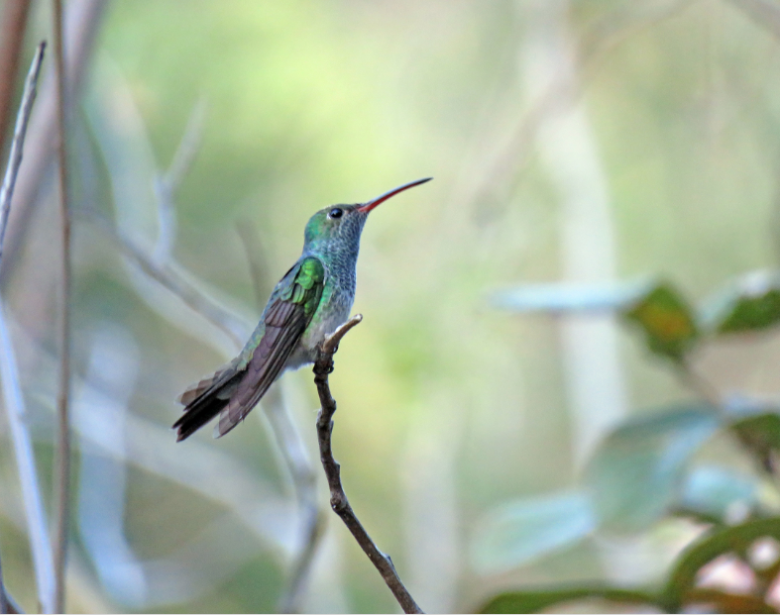El colibrí esmeralda hondureño (Honduran emerald – Amazilia luciae) es la unica ave endémica de Honduras. Habita en los bosques secos del interior donde se alimenta de una decena de nectar de flores de temporada. Los bosques Secos son los mas afectados por las actividades humanas, ya que solo contamos con el 7% del bosque original y un 3% en regeneracion. El ave se ha convertido en emblema de la zona y ha propiciado la creacion de las Areas protegidas de habitat por especie y de Reservas Naturales privadas, donde los propietarios son excentos de impuestos de propiedad a cambio del buen uso del bosque y recursos.
Se realizan monitoreos mensuales en los sitios aptos para colibri demostrado que la población de colibríes esmeralda se mantiene estable; tambien se han realizado plantaciones de espeices de plantas nectaríferas para colibries en areas degradadas.
En la actualidad la población esta conciente de la presencia y lo que significa la presencia de esta ave para la zona y para el país.


